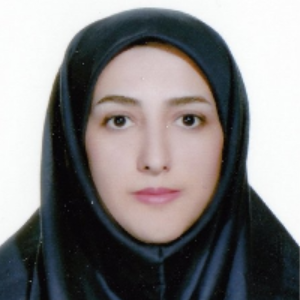Title : Management of milk fistula and maintenance of breastfeeding: A systematic review
Abstract:
Milk fistula is an uncommon occurrence, and presents as dripping of milk from a tract that links a lactiferous duct to the breast skin in a lactating woman. Milk fistulae are either a spontaneous event, or a manifestation after a breach in the breast parenchyma, or on its skin. Discontinuation of lactation has been mentioned as a must for the management of this disorder.
In this study, in view of the many advantages of breastfeeding, an all- inclusive review of the literature was carried out to evaluate the underlying factors of milk fistulae, and the inevitability or not of cessation of breastfeeding. We also state our recommendations for prevention and for treatment of milk fistulae given our present practice.
Scopus, Pubmed, Ovid Medline, and Google scholar were searched by using pertinent keywords. The first screen was done by studying titles and abstracts of returned manuscripts, and the second round was performed by reviewing the full-texts of selected papers; then all relevant papers were included. A specific form was designed and used for recording extracted data.
Overall, 17 studies were included, all consisted of case reports or case series. Altogether, these included 27 cases of milk fistulae. Spontaneous milk fistulae during breastfeeding were located in the axillary breast (N=5), on normal skin of the breast (N=1), and through the scar of a previous breast abscess (N=1). Non-spontaneous fistulae had presented after lumpectomy (N=2), following core needle biopsy (N=3), and after treatment of a breast abscess including open drainage (N=7), aspiration (N=5), drainage via a catheter (N=2), or spontaneous drainage (N=1). In all cases, fistula treatment was not based on specific guidelines.
Various treatments consisted of appropriate wound care, pressing on the orifice at the time of lactation, administration of antibiotics, or operation; one or more of these modalities had been used for each case. Some cases had been ordered to discontinue lactation, and medicines had been administered for this in instances. However, some others had continued lactation throughout treatment. Overall, breastfeeding had been discontinued in 16 women during the treatment phases, but commonly without waiting for the results of conservative management. Considering the present literature and our experience, the management of milk fistula should be conservative with maintenance of lactation; except for breast cancer cases where nursing is generally ceased due to the adjuvant treatments which interfere with breastfeeding.
Prevention is the best method; following recommendations are given to prevent milk fistulas if a nursing woman has to undergo breast biopsy or surgery: milking the breast before any breast biopsy or surgery, using thinner needles during sampling, inserting the needle site or the incision far from the nipple, using small radial incisions, frequent evacuation of milk in the postoperative period, and holding pressure on surgery site while nursing or pumping milk. Our overall recommendation is preventing milk fistula as far as possible, managing the fistula by conservative measures, and persistence of breastfeeding until healing occurs.
Audience Take Away:
- The probability of milk fistula when performing procedures on a lactating breast
- How to prevent a milk fistula
- How to maintain breast feeding despite of a milk fistula




